Exploring Traditional Clothing Across North America
Tradition and Identity
Traditional Clothing in North America
North America’s traditional clothing varies significantly across its vast expanse, reflecting a rich tapestry of indigenous, colonial, and immigrant influences. From the northern cold expanses to the warm southern climates, traditional clothing in North America has adapted to diverse environments and cultural exchanges. Let’s explore the traditional garments of North America from various regions.
Traditional Clothing in Canada
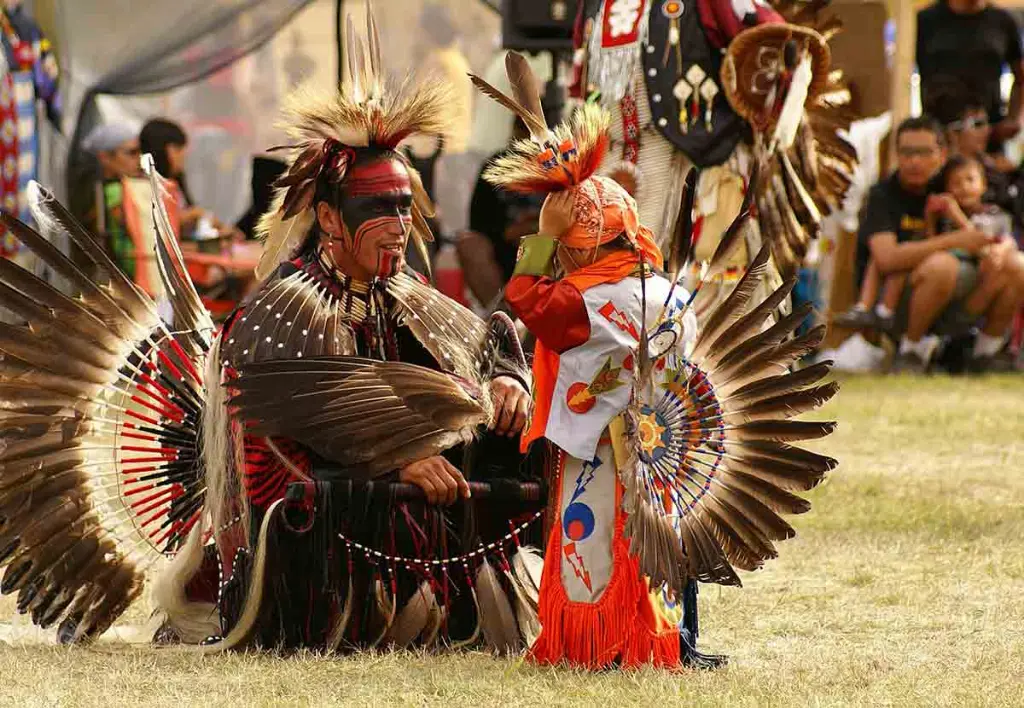
Canada’s traditional clothing reflects its multicultural heritage and diverse climate. In the northern regions, Inuit traditional clothing like the *parka*, *kamik*, and *igloo boots* are essential for survival in harsh winter conditions. These garments are crafted from seal and caribou hides, designed to provide warmth and protection against the cold. The *métis* people in the prairies combine indigenous and European influences in their clothing, wearing fringed jackets, moccasins, and brightly colored sashes.
Traditional Clothing in Mexico

Mexico’s traditional clothing is a vivid celebration of its indigenous roots and colonial past. The *charro suit* is a symbol of Mexican heritage, worn by men during festivals, parades, and rodeos. It is characterized by its ornately embroidered jacket, wide-brimmed sombrero, and leather boots. Women’s traditional clothing includes the *blusa* and *falda* (blouse and skirt), often brightly embroidered with floral or geometric designs, worn with a *rebozo* (shawl) to complete the outfit.
Traditional Clothing in the United States
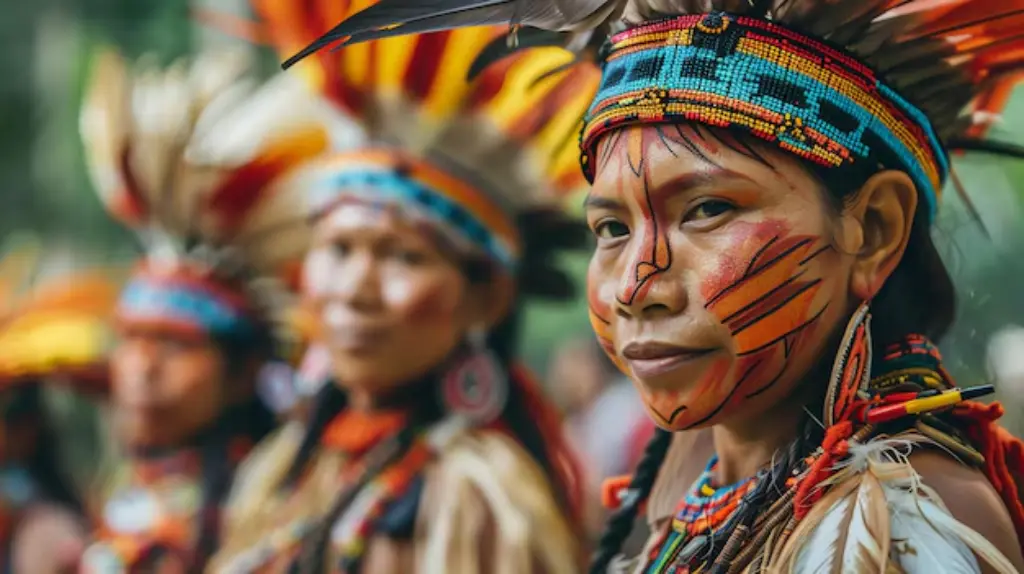
In the United States, traditional clothing varies by region and cultural group. Native American tribes, such as the *Navajo*, *Sioux*, and *Cherokee*, have distinct styles, like beadwork, fringed leather garments, and feathered headdresses. The *pioneer* clothing from the colonial period, including bonnets, coonskin caps, and cotton dresses, reflect the early settlers’ adaptation to the new land. In the southern states, the *Southern belle* dress, often with hoop skirts and lace details, is an iconic symbol of antebellum style.
Traditional Clothing in Greenland
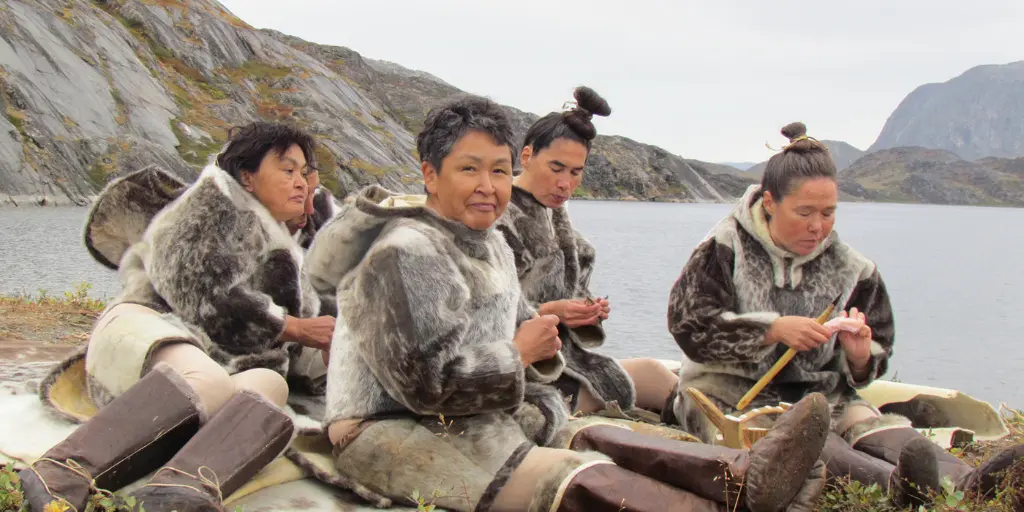
Greenland’s traditional clothing, primarily Inuit, is designed to withstand the extreme Arctic conditions. The *kamiks* (snow boots), *anorak* (parka), and *qiviut* (soft wool from the Arctic muskox) garments are key to survival, providing warmth and durability. These garments are often decorated with colorful beadwork and fur trim, reflecting Greenland’s rich cultural heritage.
Traditional Clothing in Alaska
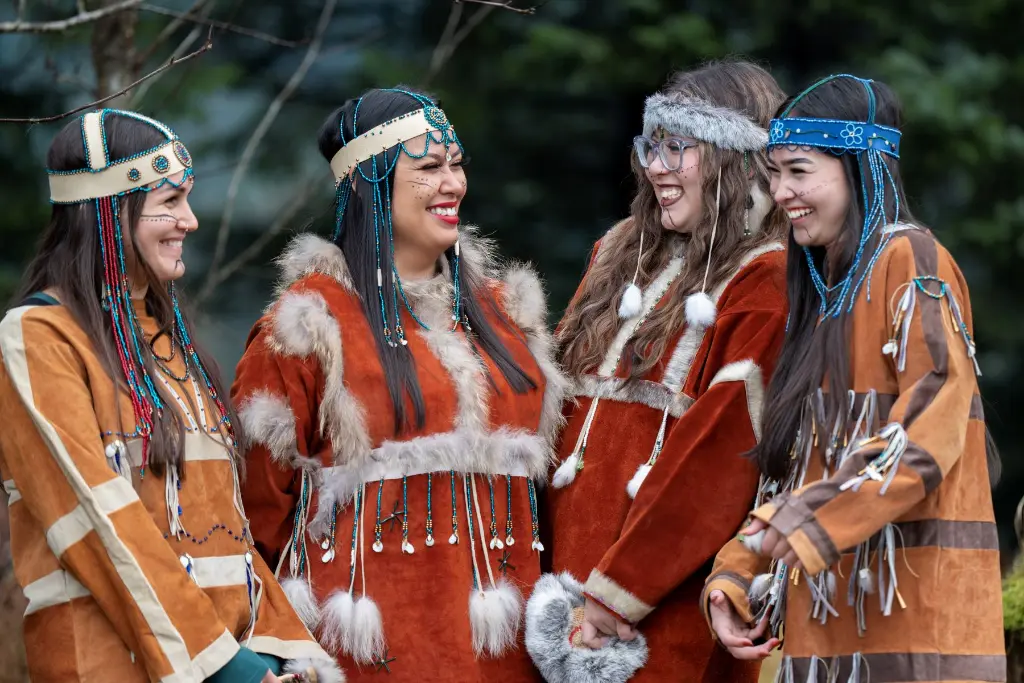
Alaska’s traditional clothing is a blend of indigenous cultures and practical clothing designed for harsh winter conditions. The *parka*, *kamik*, and *igloo boots* made from sealskin and caribou hide are essential. The *Athabascan* people of interior Alaska wear brightly colored beadwork and fur-trimmed garments to stay warm and showcase their cultural identity.
Traditional Clothing in the Caribbean
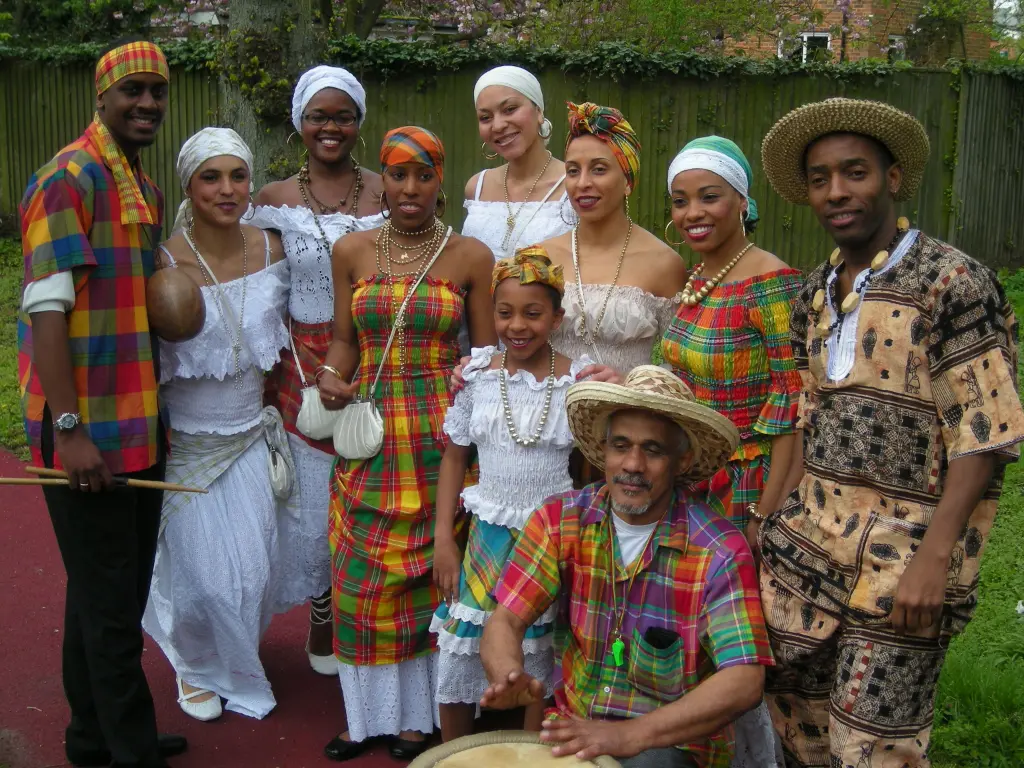
The Caribbean islands have a rich tradition of clothing influenced by African, European, and indigenous cultures. In Jamaica, the *kasi* (short skirt) and *bandana* reflect a blend of African and colonial influences. The *piragua* dress in Puerto Rico is a colorful dress, adorned with ruffles and lace, worn during festivals and celebrations. In the Bahamas, *slops* (loose trousers) and *guayabera* shirts are common, influenced by Spanish and African cultures.
Traditional Clothing in North America
Traditional clothing in North America is more than just fabric and stitch; it’s a vibrant tapestry of culture, history, and identity. From the Inuit in the icy Arctic to the vibrant Southwest Native tribes, the traditional garments of North America tell stories of survival, adaptation, and deep cultural heritage. This article will explore the rich diversity of traditional clothing across North America, breaking down regional styles, materials, and cultural significance.
Inuit Traditional Clothing
In the cold Arctic regions of North America, the Inuit people have developed clothing that is specifically tailored to endure harsh weather conditions. The Inuit traditional clothing is a testament to their ingenuity and resourcefulness. These garments, often made from sealskin, caribou, and fish skins, are designed to keep warmth in and moisture out. The parka, a knee-length coat with a fur-lined hood, is one of the most iconic items of Inuit clothing. It is complemented by kamiks, waterproof boots crafted from sealskin or caribou hide, which provide excellent insulation and protection from the cold tundra.
Craftsmanship is a critical aspect of Inuit clothing. The designs are often elaborately embroidered or beaded, featuring geometric patterns that represent different aspects of their environment and cultural beliefs. These patterns are not just ornamental; they have deep spiritual meanings, connecting the wearer with their ancestry and the natural world.
For example, a white parka with blue and green beadwork might symbolize purity and connection to the sea and sky. The Inuit also wear igloos, a traditional garment worn over the parka for added warmth and protection. These layers of clothing reflect the Inuit’s deep understanding of their environment and the need for functional attire.
The process of making Inuit traditional clothing is time-consuming and requires a great deal of skill. Each piece is crafted to fit the specific needs of the wearer, with little room for error. This attention to detail ensures that the garments are both practical and beautiful. Today, many Inuit continue to wear traditional clothing for cultural events and ceremonies, preserving their heritage for future generations.
Plains Native American Clothing
The Plains Native American clothing of North America is renowned for its vibrant colors, intricate beadwork, and feather adornments. These garments are not just clothing but represent status, identity, and spiritual beliefs. The buckskin shirt, often decorated with quillwork or beadwork, is a staple in Plains attire. It is typically worn by men and is complemented by leggings made of similar material, providing comfort and freedom of movement during hunting or ceremonial activities.
Women’s clothing in the Plains culture is equally elaborate. The elk tooth dress is a symbol of femininity and status, adorned with hundreds of porcupine quills and elk teeth, which are collected from hunts and represent strength and sustenance. Feathered headdresses, such as the iconic warbonnet, are worn during important ceremonies, dances, and social gatherings. These headdresses are often adorned with eagle feathers, which are considered sacred in many Plains cultures. The feathers symbolize a direct connection to the spirit world and are a sign of bravery and honor.
The process of making Plains Native American clothing involves traditional techniques passed down through generations. This includes tanning hides, beadwork, and sewing. Beadwork, in particular, is a skill that requires patience and precision. Each bead represents a story, whether it’s about a specific event or a person’s life journey. These garments are worn for traditional dances, powwows, and other cultural events, allowing the Plains tribes to celebrate their heritage and share their stories with the world.
Northwest Coast Native Clothing
The Northwest Coast Native clothing of North America reflects a rich cultural heritage that spans from Alaska to British Columbia. This region is known for its mild climate, which allows for the use of less insulating materials but still necessitates waterproof options due to the frequent rain. Cedar bark and salmon skin are the primary materials used for clothing in this region. The cedar bark is used for weaving robes and skirts, while salmon skin is often used for boots and aprons, showcasing the deep connection between the people and their environment.
Traditional garments like the kingsnake and the button blanket are central to Northwest Coast clothing. The kingsnake, a kind of poncho, provides protection from the rain and is worn during ceremonies. It is often adorned with intricate designs that represent crests, clans, and spirits of the ancestors. Button blankets, on the other hand, are used to tell stories through symbols and colors. They are an essential part of cultural presentations and are worn at potlatches, dances, and other events that celebrate family heritage and social status.
Craftsmanship is paramount in the creation of Northwest Coast clothing. Skilled artisans spend hours weaving, sewing, and carving to create each piece. Carved buttons, often made from shell or bone, are used to fasten blankets and signify the family’s lineage or accomplishments.
The colors and designs of the clothing hold specific meanings: red and black might symbolize strength and resilience, while green and blue can represent nature and the sea. Today, many people in this region continue to wear these traditional garments to preserve their cultural identity and educate others about their rich history.
The Southwest Native Tribes’ Clothing
The Southwest Native tribes’ clothing of North America, including the Navajo, Hopi, and Apache, are known for their vibrant colors and unique weaving techniques. The Navajo weaving tradition, for example, is world-renowned. Blankets, sashes, and shirts are created using yarn spun from local sheep’s wool, dyed with natural plants and minerals to produce a rich palette of colors. The Hopi and Apache are known for their distinctive woven belts and sashes, which are not just decorative but hold cultural and ceremonial significance.
Men’s clothing in the Southwest is often simple yet functional. The cotton tunic or cotton shirt is common, sometimes decorated with geometric patterns or fringes. The Apache moccasins, made from deer hide, are renowned for their durability and comfort, suited for the arid, rocky terrain. Women’s clothing, such as the Hopi blouse or Navajo skirt, is more elaborate, featuring intricate embroidery and beadwork. The turquoise jewelry that accompanies these garments is not just adornment but a symbol of wealth and social status within the tribe.
The process of making Southwest Native clothing is a labor-intensive craft that involves spinning, dyeing, and weaving. Each step requires a deep understanding of natural resources and traditional techniques. These garments are worn during various cultural and ceremonial events, such as Navajo weaving festivals or Hopi snake dances, where they play a central role in preserving traditions and transmitting knowledge to younger generations.
Eastern Woodland Native Clothing
The Eastern Woodland Native clothing of North America spans the regions from the Great Lakes down to the Atlantic coast, covering tribes like the Iroquois, Cherokee, and Algonquin. The climate in this region varies from temperate to cold, which influences the types of clothing worn. Deerskin is the primary material used, chosen for its warmth and durability. Shirts, skirts, and leggings are often sewn from deerskin and adorned with beadwork or quillwork to reflect personal or tribal identity.
Men’s clothing often consists of a tunics or leggings made from deerskin, sometimes decorated with symbols or animal designs. The Cherokee breechcloth is another traditional item, worn for comfort and practicality. Women’s clothing, such as the Iroquois dress, is typically longer and more ornate, featuring intricate beadwork and sometimes glass trade beads. These garments not only serve as protection against the cold but also express cultural identity and individual status within the tribe.
Craftsmanship is integral to Eastern Woodland Native clothing. Each piece is made with care, reflecting the wearer’s relationship with nature and the spiritual world. The beadwork, often depicting symbols like the turtle, bear, or deer, is not just ornamental but carries deep meaning. The Cherokee feathered cap or Iroquois cornhusk bag are examples of items that combine functionality with symbolism. These garments are worn during traditional dances, ceremonies, and social gatherings, underscoring the importance of cultural continuity and expression.
The process of making Eastern Woodland Native clothing is an essential aspect of cultural identity. The use of natural materials like deerskin and beads requires knowledge and respect for the environment. Each tribe has its own unique techniques and designs, but they all share a commitment to preserving their heritage through traditional clothing. Today, many people in these regions continue to wear these garments during cultural festivals and powwows, serving as a powerful means of storytelling and connection to the past.
Next Steps in Preserving Traditional Clothing
The traditional clothing of North America is more than just attire; it is a living tradition that connects past, present, and future generations. Each region and tribe has its unique style and story, reflecting a deep bond with the land and the ancestors. As these traditions continue to evolve, there is an increasing emphasis on their preservation and teaching to younger generations.
Museums, cultural centers, and tribal communities play a vital role in this effort, ensuring that traditional clothing remains an active part of cultural expression and a source of pride for indigenous peoples across North America.
